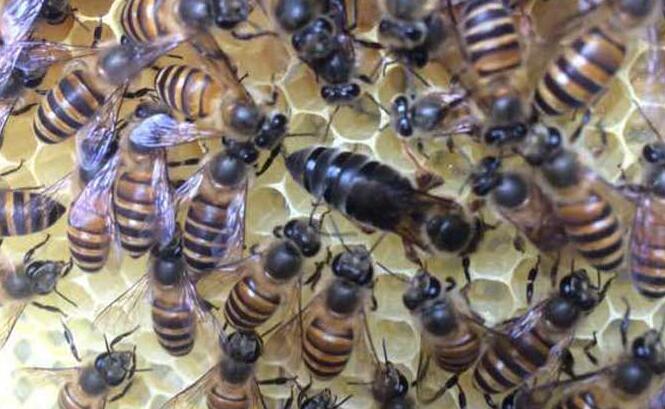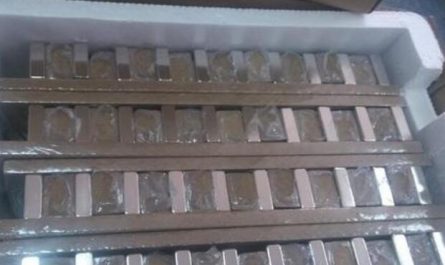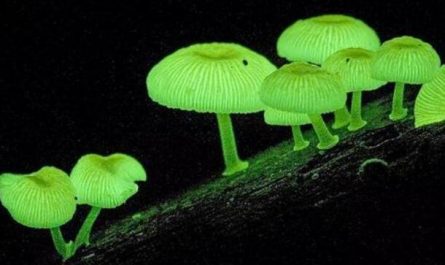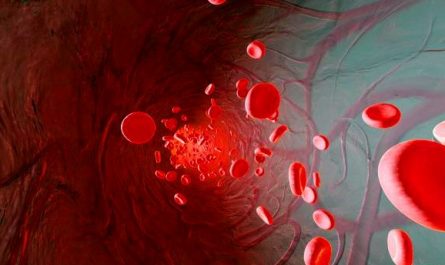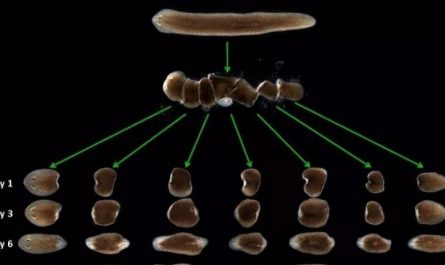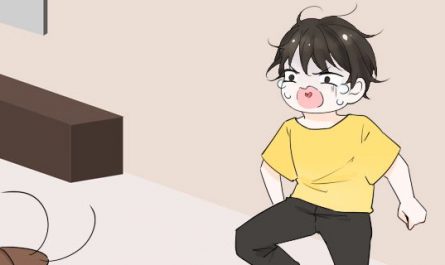How the queen bee in the bee colony is produced
A small bee colony can have thousands of members. Except for a few male bees, there is only one mature female bee, and the rest are short-lived and infertile worker bees. The female bee has a life span of up to 3 to 5 years. She has a strong body and an astonishing proliferation ability. She constantly adds to the bee colony and enjoys the supreme treatment. She is the queen bee.
Every spring is the prosperous period of bee colony development. At this time, the worker bees built a royal platform in the lower part of the hive to breed new queen bees. After the old queen bee lays eggs on the king’s terrace, the worker bees divide the work and protect the king’s terrace closely. As soon as the eggs hatch into larvae, the worker bees will take turns feeding them the nutritious royal jelly. Because they eat royal jelly, the larvae of the growing queen bee develop extremely fast. By the fifth day, they are fully developed and mature. Compared with the worker bees, they are strong men.
When these future queen bees grow up, they will fly out of the hive. Their first task is to find the rest of the king’s platform, and must not allow another queen bee to be born to compete for the throne. At this time, if the bee colony guarding the king’s terrace is large enough, it will prevent the queen bee who left the house from approaching until the queen bee of the king’s terrace he is guarding is born. Once the two queen bees on the royal terrace are out of the house at the same time, a life-and-death contest for the throne will inevitably occur, and the result must be that the stronger party kills the opponent. When the new queen bee leaves the house, it is usually necessary to conduct a nest recognition flight or two to get familiar with the environment. Five or six days later, it chose a sunny day to get out of the nest and fly. In the marriage flight, the new queen bee usually mates with five or six drones, accumulating more sperm for life-long egg laying.
After laying eggs, the old queen bee flew away from the hive with a large worker bee and chose a new nest to start a new life. After the wedding, the new queen bee gradually grew larger and longer abdomen, and began to lay eggs, becoming a veritable queen bee. It can be said that the departure of the old queen bee means the birth of a new queen bee; the birth of the new queen bee marks the birth of a new bee colony.
This is enough for the bee’s distinctive colony to reproduce. Why is royal jelly rich in nutrients? Royal jelly is also called royal jelly or royal essence. Some people say that it is secreted by the queen bee, which is wrong. Royal jelly is an extremely nutrient-rich slurry secreted by worker bees and is a special food used to feed larvae and queen bees. We know that there is usually only one queen bee in a colony.
In the beginning, the queen bee and other larvae developed from the same kind of eggs. When they hatch from eggs to larvae, worker bees will take turns feeding them the nutritious royal jelly. Later, the larvae that become queen bees can continue to eat royal jelly and grow up, while the larvae that generally become worker bees can only eat royal jelly for 3 days, and then only feed nectar and pollen.
The queen bee that eats royal jelly is almost twice as large as the worker bee and can live for 3 to 5 years, but the worker bee can only live for a few months. Scientists have studied and tested that royal jelly contains many kinds of amino acids, sugars, fats, inorganic salts, multiple vitamins, etc. It is very nutritious and can help people treat arthritis, pernicious anemia, diabetes, infectious hepatitis, neurasthenia and other diseases. Normal people can strengthen their bodies by eating royal jelly.
The functional responsibilities of the queen bee
The queen bee is the main breeder in the colony. It suppresses the development of the ovaries of the worker bees and attracts the worker bees to form a feeding circle by secreting the pheromone specific to the queen bee.
In nature, a bee colony has thousands to tens of thousands of bees, consisting of a queen bee, a small number of drones, and many worker bees.
The main function of the queen bee is to lay eggs. All individuals in the colony (new queen, drone and worker bees) are developed by laying eggs. After mating, the Chinese honeybee queen is filled with 5 to 7 million spermatozoa. The sperm can produce 800-1300 eggs a day and night. A good Chinese honeybee queen can lay a total of more than 100,000 eggs per year. Secondly, the queen can control the order of the colony through the “queen pheromone” secreted by itself. The element is transmitted by the worker bees. When the queen bee loses the king for a few hours, the concentration of the queen pheromone gradually disappears in the colony, and the worker bees have a feeling of losing the king, showing turmoil, declining gathering power, etc., losing the king for too long, such as incompetence in the nest Transformed into the small larvae of the royal bee, a few worker bees will develop their ovaries and lay unfertilized eggs in the nest, all of which will develop into drones, which will eventually destroy the bee colony; once again, the queen bee is the carrier of the genetic diversity of the bee species, which is very important for the bee colony. Production performance, disease resistance, bee splitting, etc. have a direct impact.
Although the queen bee is called the “king”, it does not actually lead the bee colony. Its role in the colony is to reproduce offspring, and most of the bees in the colony are its offspring. At the peak of spring reproduction, a queen bee will lay more than 2,000 eggs every day-the total weight even exceeds its weight. Worker bees will always surround the queen bee and take care of its needs like a “waiter”, such as providing food and cleaning up garbage.
The morphological characteristics of the queen bee
The queen bee is a female bee with fully developed reproductive organs, developed from a fertilized egg. Usually there is only one bee per colony. The body is 1/3 longer than the worker bee, the abdomen is longer, the end is stinged, there is no wax gland under the abdomen, and the wings cover only half of the abdomen. In different physiological states, the queen bee information components and content released by the queen bee are obviously different. It is not as strong as the worker bee, and has no pollen basket on the hind foot, which has the effect of attracting bees. The queen bee has a life span of 3 to 5 years. Due to the gradual decline in reproductive rate, it is often artificially eliminated in the beekeeping industry.
The queen bee also refers to the male who mates with the queen bee.
How to remedy the queen bee’s death
For beekeepers, in a bee colony, the queen bee is most concerned about. The quality of the queen bee directly determines the productivity of the entire bee colony. Therefore, for the accidental or normal death of the queen bee, what should the beekeeper do? This requires the beekeeper to understand and remedy it in time.
1. After the queen bee dies, don’t worry too much, because after the death of the old queen bee, the bee colony will have a turbulent period. After a day or so, the worker bees will feed royal jelly to the pupae in the hive, and they will form after they are released. The new queen bee will kill each other if multiple queen bees are released, and the fiercest one will become the new queen bee. What everyone needs to do here is to provide the worker bees with the necessary nutrition and food in time.
2. There is a simple solution that can be solved, which is to directly introduce a new adult queen bee from other hives. As long as you find a way to make the bee colony accept the new queen bee, the bee colony will return to its normal state. According to the survey, the queen bee mainly relies on the smell to guide the bees. When the new queen bee is introduced, the queen bee can be soaked in honey water. After being placed in the beehive, the bee will suck the honey water from the queen bee’s body, and the queen bee’s smell will gradually be lost. All bees accept.
3. The death of the queen bee is a manifestation of the decline of the bee colony. At this time, incorporating the bees of the colony into other colonies in time is also a good remedy. When merging the bee colony, you can insert a partition in the hive to separate the king-free group from the king-free group, so that the bees in the king-free group slowly adapt to the smell of the new queen. When the two sides no longer reject each other, the partition can be removed. Just feed it as a bee colony.
